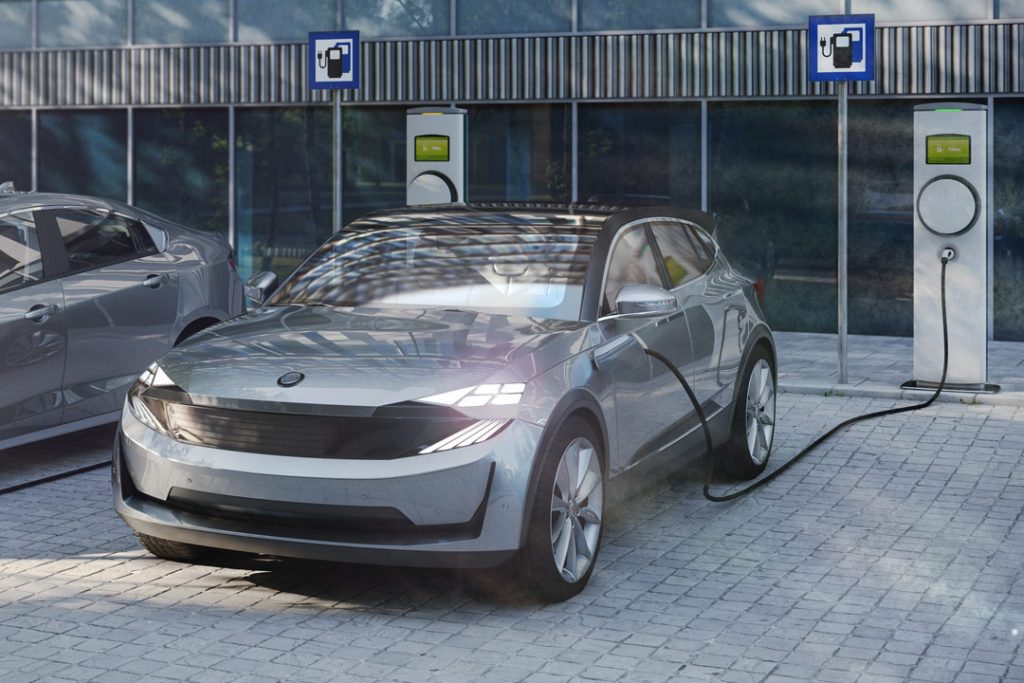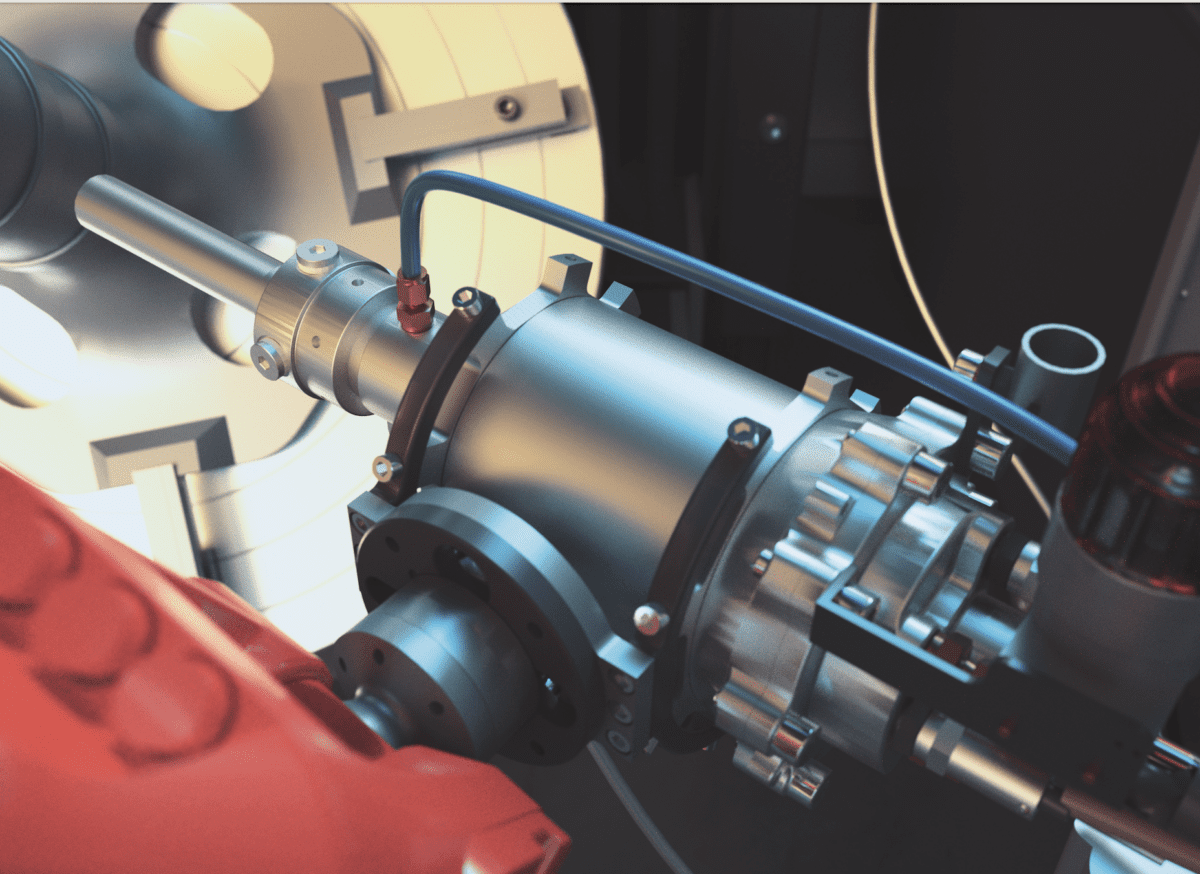The adoption of electric vehicles (EVs) is surging. In 2021 alone, there was a 76% increase of pure electric cars on the roads in the UK, compared to 2020, and this figure is expected to rise even more in 2022. The trend is everywhere: Europeans purchased more electric cars than diesels in December 2021, while more than 21% of new cars sold in Europe and the UK in that month were powered solely by electricity.
Even in motorsport, known for complex performance requirements, cars can now hit the circuit with powerful electric motors, such as the Porsche 99x Electric, Porsche’s Formula E car. Many automobile makers are even testing ideas and models on Formula E race cars before they work on consumer EVs. With simulation, engineers can test battery, power electronics, motor, and control, all in a completely virtual environment.
EVs can provide many benefits to the environment, but key challenges persist in production, massive supply chain bottlenecks, cost and common misconceptions among consumers. For example, potential buyers in the UK are concerned that EVs do not have the battery range to travel long distances or do not charge fast enough. There is also the issue of price, particularly in a depressed economy, yet steady reductions in battery prices, accelerated by simulation, are trickling down to affect the total and operational costs of many top EVs.
Simulation gives engineers the ability to understand how vehicles will react and behave in real-life scenarios, reducing the requirement for carbon-intensive and costly physical testing
These extraordinary design challenges posed by electrification require equally extraordinary solutions, and with the UK’s bold goal of phasing out the sale of new gasoline and diesel by 2030, the transition to EVs, propelled by innovative technology strategies, will be crucial to these current and additional ambitious net zero targets. To reach these climate goals, manufacturers have the obligation to continuously improve all components of their cars from the energy consumption of the interior and the driving experience to the battery. But with consumers constantly weighing up things like availability of charging infrastructure, speed to charge and high purchase prices, there remains a confidence gap between manufacturers and consumers when it comes to EVs.
Engineering simulation is one way to address the design demands that will define a successful race to market for EVs, and market leaders in the EV revolution must deliver on the speed and efficacy of their ability to produce EVs for the mass market. How can simulation be used to break down the EV misconception barriers?
Breaking the bank? Weighing up the costs of EVs
The initial purchase cost for an EV is higher than internal combustion engine cars, but the price tag can be brought down by improvements and innovation. The answer lies in the use of powerful and comprehensive engineering simulation software which enables engineers to explore and predict how batteries, components and entire systems will work (or fail). Crucially, simulation gives engineers the ability to understand how vehicles will react and behave in real-life scenarios, reducing the requirement for carbon-intensive and costly physical testing. By replacing physical testing with virtual testing on a computer, car companies are significantly accelerating the pace of technology innovations, realising performance and process improvements, reducing risk of product failure, as well as yielding cost savings.
Simulation allows engineers and designers to view products, or in this case EVs, with X-ray vision. Figuring out how a car will react in physical scenarios without requiring a physical prototype provides visibility for a far greater number of situations, such as compliance and road safety environments that may have previously been untapped for production teams. Automakers can accelerate innovation strategies and bring vehicles to a highly competitive and lucrative electrification market faster, at higher quality, and at a lower cost. Additionally, affordability, particularly in new technologies, is fundamental for larger-scale adoptability.

Can EVs provide the battery range and power for travel needs?
One of the biggest consumer concerns around EVs is the perception that they do not have enough driving range to provide drivers with confidence on journeys, also known as range anxiety. Many players, though, suggest that there is the need for a shift in mindset and that an EV is much like a mobile phone, smart watch, or headphones that owners charge every night. Of course, EVs provide a huge advantage in eliminating the need to take time out to find a local fuelling station, wait in line to refuel and pay skyrocketing fuel prices.
It’s important that engineers and automakers constantly push to provide a greater seamless experience and journey for newer vehicles, and EV producers are working towards providing owners’ a charging time competitive with a traditional fuel stop. Accelerating product design and coming into the market early with an innovative product provides a competitive and branding advantage. Not only this, but simulation can also result in far higher reliability meaning lower warranty costs and damage to automotive brands.
EV battery overload: what next?
With all the millions of electric cars being introduced on roads, a key challenge arises in what to do with EV batteries at the end of their life, and the feasibility of a circular economy when it comes to batteries. While EVs do not emit CO2 into the atmosphere through tailpipe emissions, debate continues on how to manage the environmental footprint of batteries, including how to responsibly dispose of them. Currently, the world is lacking technologies to recycle EV batteries at a large scale, with less than 5% of Li-Ion batteries being recycled in total.
There needs to be a reckoning and redesign of many currently existing processes to align with ambitious net zero targets
EV batteries are intricate, advanced engineering feats and comprised of a great number of cells, modules, and packs. Engineers are pushed to include a great number of design innovations within the battery to improve its overall performance from the standpoints of thermal management, safety standard compliance, structural reliability to full integration, while also trying to make batteries as compact as possible to minimise space they occupy. Due to this, it can be very difficult to make it feasible to recycle and add to the circular economy loop. Why? EV parts are comprised of tightly manufactured parts and pieces, making it challenging and time-consuming to pick apart the numerous complex parts. Automation and robots can aid this, with the help of simulation to test the processes. Another solution is to make batteries as long-lasting and green as possible. Designing for longevity is key to ensure that a circular economy at some point can be achieved.
The EV transformation is very compelling: the bold and ambitious net zero mission statements from top automotive brands are backed by immense investments. The global economy is transitioning to clean renewable energy sources with portable energy storage solutions across every major technology sector. However, there needs to be a reckoning and redesign of many currently existing processes to align with ambitious net zero targets as well as heightened consumer demand for products that are better for the planet and people.
Concerns about EVs remain pervasive across the UK and Europe. From consumer hesitancy at the higher cost price point in the initial purchase of a vehicle, to concerns over driving range, to the feasibility of recycling an EV battery. Many of these critical challenges in the journey of making EVs better can be overcome using engineering simulation software to test a vast number of advanced real-life vehicle scenarios, which may be otherwise costly, time-consuming, and difficult to achieve with physical prototyping. There is a great responsibility on automakers and suppliers to deliver on net-zero commitments, as well as opportunities to work together and collaborate on delivering cleaner, greener, more sustainable vehicles that are better for the planet and people.
About the author: Pepi Maksimovic is Director of Application Engineering at Ansys




